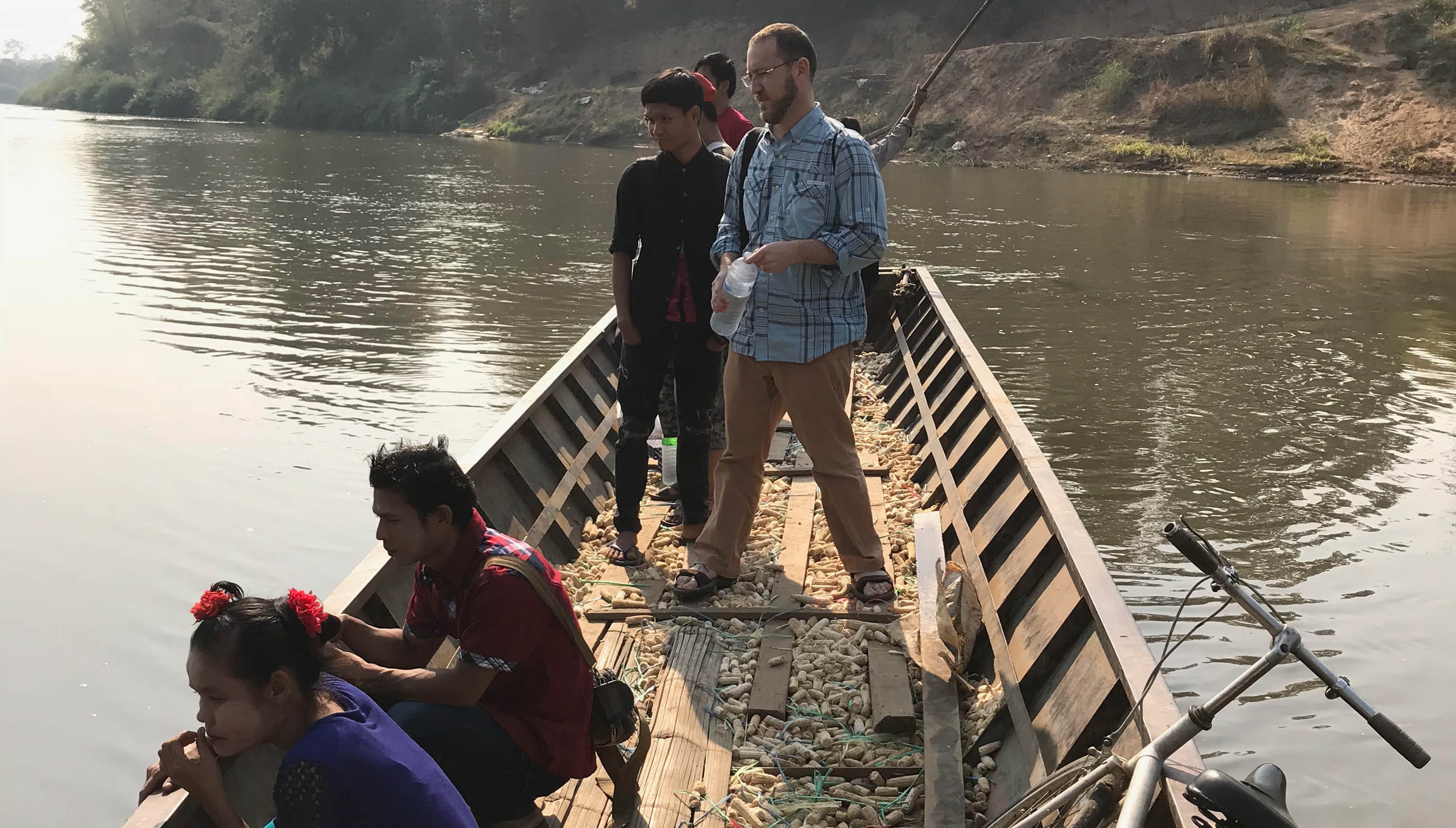People who watch beheading videos are motivated by fear of terrorism, UCI study finds
Unfortunately, viewing them exacerbates anxiety, according to first-of-its-kind research

Irvine, Calif., Feb. 25, 2019 — About one in five adults in a representative sample of Americans had watched at least part of a beheading video created and posted online by the Islamic State group (formerly known as ISIS), according to a new study by the University of California, Irvine.
Researchers also found that fear of terrorism and having a history of violent victimization appear to draw individuals to this highly graphic coverage – and that watching such videos was associated with global distress and fear of the future about two years after they went viral. The report appears in American Psychologist, the flagship journal of the American Psychological Association.
“Our study is the first to identify the motivations behind viewing a beheading video and the long-term consequences of doing so,” said senior author Roxane Cohen Silver, UCI professor of psychological science. “Our findings suggest that when individuals are afraid of horrific acts of cruelty occurring in the world, they may be curious to seek out graphic coverage of these types of events. But this may only exacerbate their distress and anxiety over time, locking them into a spiral of fear.”
Silver and colleagues conducted a longitudinal study of more than 3,000 U.S. residents, who reported whether they had watched a beheading video – and their reasons why or why not – via several anonymous surveys over a three-year period. About 5 percent said they had viewed one in its entirety.
“We found that those who watched a graphic beheading video experienced increased negative mental health outcomes approximately two years later and that individuals who view these images may be at risk for the same psychological and physical distress symptoms usually seen in those directly exposed to trauma,” said Sarah Redmond, a Ph.D. student in psychological science and first author of the report.
Added Silver: “The current media landscape offers easy access to images and videos of community traumas as they unfold with ever-increasing frequency. New forms of media seem to expose individuals to more graphic content than ever before. But given the mounting evidence of the negative psychological consequences associated with exposure to graphic imagery, it may be important for individuals to be made aware of the potential psychological risks of being exposed to violent content in the media.”
Also contributing to the study were Nickolas M. Jones, former psychological science doctoral student, and E. Alison Holman, UCI associate professor of nursing. Data collection was supported by National Science Foundation grants BCS-1342637, BCS-1451818 and BCS-1650792 to Silver and Holman.
About the University of California, Irvine: Founded in 1965, UCI is the youngest member of the prestigious Association of American Universities. The campus has produced three Nobel laureates and is known for its academic achievement, premier research, innovation and anteater mascot. Led by Chancellor Howard Gillman, UCI has more than 36,000 students and offers 222 degree programs. It’s located in one of the world’s safest and most economically vibrant communities and is Orange County’s second-largest employer, contributing $5 billion annually to the local economy. For more on UCI, visit www.uci.edu.
Media access: Radio programs/stations may, for a fee, use an on-campus ISDN line to interview UCI faculty and experts, subject to availability and university approval. For more UCI news, visit wp.communications.uci.edu. Additional resources for journalists may be found at communications.uci.edu/for-journalists.



